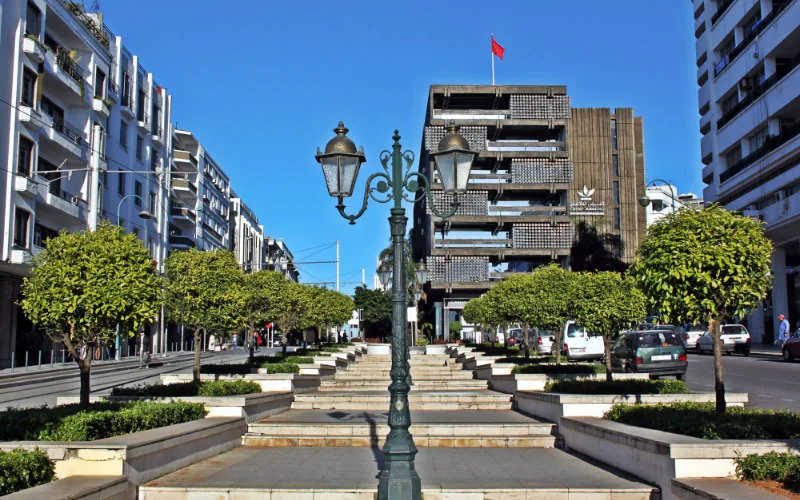Morocco’s Property Tax Maze: How Residency Status and Usage Impact Your Real Estate Investments

The taxation of a property located in Morocco directly depends on its use. For a Moroccan residing abroad, the tax consequences vary depending on whether the property is used as a main residence, rented out, transferred to a relative, or sold. The Tax Guide details the rules applicable to each situation.
When a property is sold, the administration distinguishes several cases. The profit realized on the sale of a building or part of a building occupied as a main residence for at least five years on the day of the sale is exempt from income tax. This exemption also applies if the property has been occupied free of charge by the owner’s spouse, ascendants or direct descendants in the first degree. The guide specifies that as long as the property has not been rented out or used for professional purposes, it can be considered as a main residence, even for an MRE.
The text also specifies that in the case of social housing, an exemption is provided if the property has been occupied as a main residence for at least four years before the sale. This exemption only concerns housing units of 50 to 80 m², the sale price of which does not exceed 250,000 dirhams excluding value added tax.
Location, provision or resale: beware of tax effects
Conversely, if the property is rented out or made available free of charge to persons other than his children or parents, the income received falls into the category of rental income. The guide specifies that taxable gross annual rental income not exceeding 30,000 dirhams is exempt, but this exemption is not cumulative with other income tax reductions. Income above this threshold is taxed at 10% (up to 120,000 dirhams) or 15% (beyond).
The case of the construction of a main residence is also the subject of specific treatment. The taxpayer is exempt from the social solidarity contribution on self-deliveries if the built area does not exceed 300 m². Beyond that, the entire surface area becomes taxable according to a progressive scale (60, 100 or 150 dirhams per tranche). For occasionally constructed housing, with an area less than or equal to 300 m², and intended for sale or rental, the guide indicates that they are not subject to the social solidarity contribution.
Finally, when the property is transferred free of charge, between ascendants and descendants, between spouses, between brothers and sisters, or within the framework of kafala, the tax guide specifies that the operation is exempt from the tax on real estate profits. The registration rate applied to these donations is reduced to 1.5%, provided that the declaration is made by the donor or his representative.
Each mode of use therefore has a direct tax consequence. What the taxpayer considers a simple change of use can modify the reporting obligations, the applicable rates or even the exemption rights.
Related Articles
-

Moroccan Truckers Expose Massive Beach Sand Theft, Demand Crackdown on Illegal Trade
29 August 2025
-

Soaring Costs of Elite Foreign Schools in Morocco Strain Middle-Class Families
29 August 2025
-

Casablanca Official Exposes Real Estate Tycoon’s Bribery Attempt in Shocking Land Deal Revelation
28 August 2025
-

Morocco’s Automotive Revolution: From Zero to One Million Cars by 2025
28 August 2025
-

Lavish Wedding Ban Near Tetouan Sparks Controversy: Authorities Crackdown on Extravagant Celebrations
28 August 2025